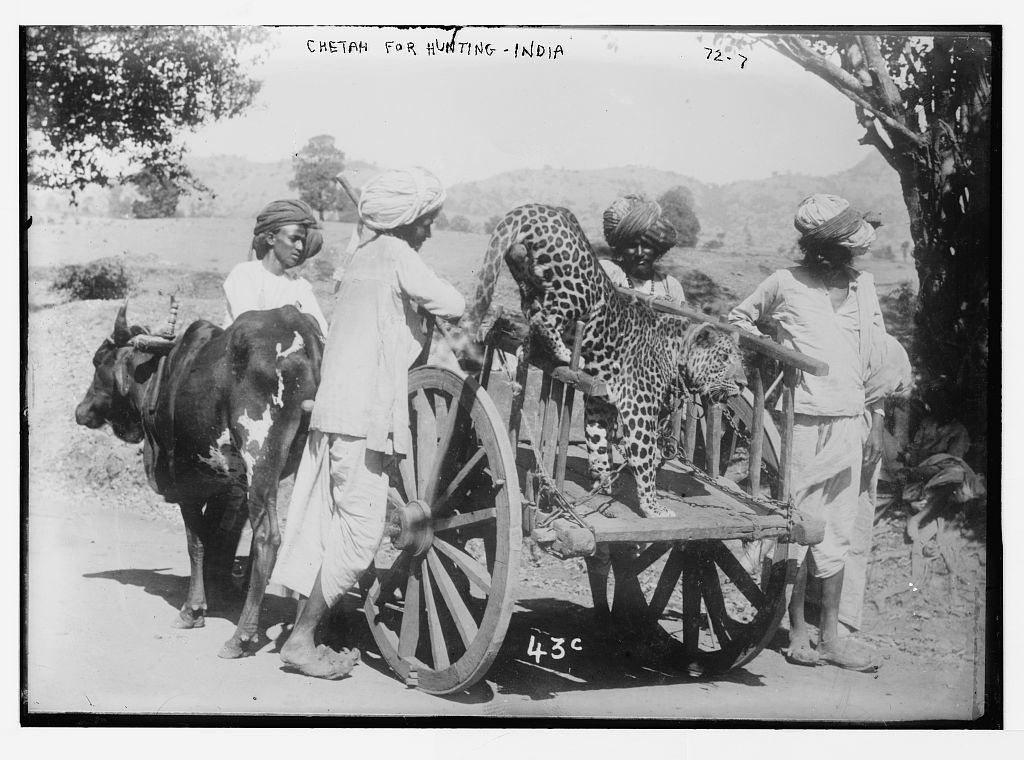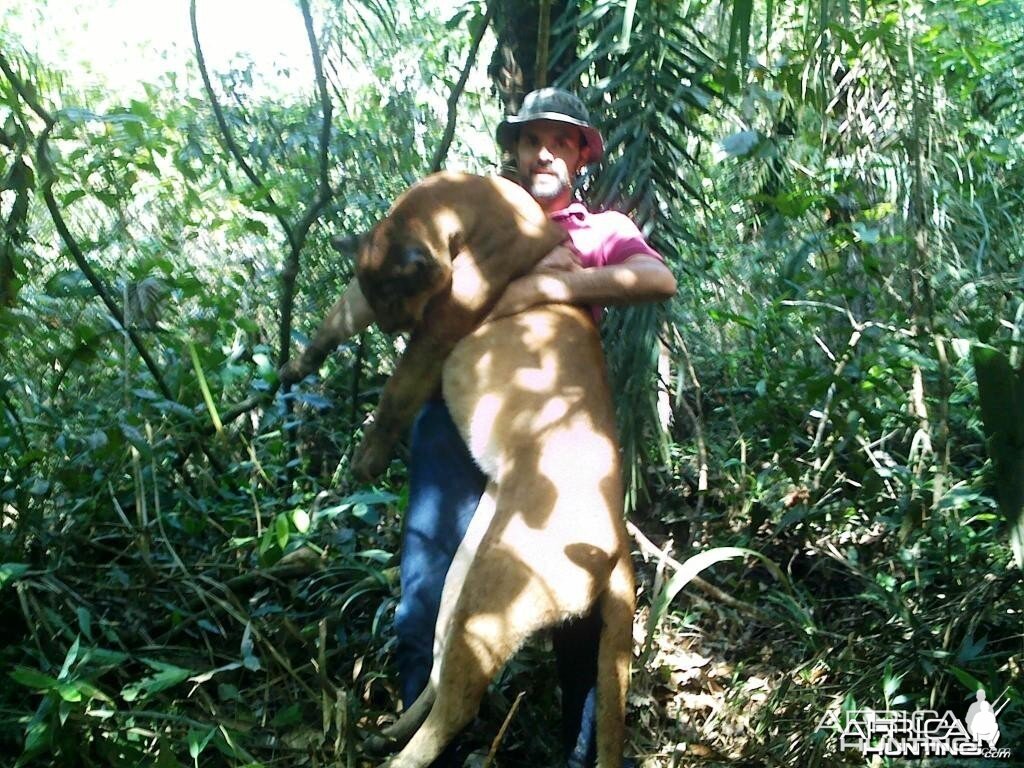Major Khan
AH legend
Thank you so much , Badger Matt .Major - You really ought to write a book. What stories you could tell.
I actually am writing a book , which is scheduled to be released by the end of this year . It is to be titled , " Man Eater : Descent Into Depravity".
The grand nephew of a deceased colleague of mine , Karim Shikari ( of Darjeeling , West Bengal ) is actually writing a book about Karim's exploits as well ( Karim killed 73 man eating panthers and a royal Bengal tiger in the Tea Gardens of Darjeeling in West Bengal , prior to 1972 . The royal Bengal tiger actually mauled Karim and removed a good chunk of flesh from Karim's right thigh .) .The young man's book is scheduled to be released less than 2 months from now . It is titled , " 74 Man Eaters : The Untold Story Of Karim Shikari . " This book is scheduled to be released in May . I have also contributed to that book by providing a few photographs for that young man to use.



